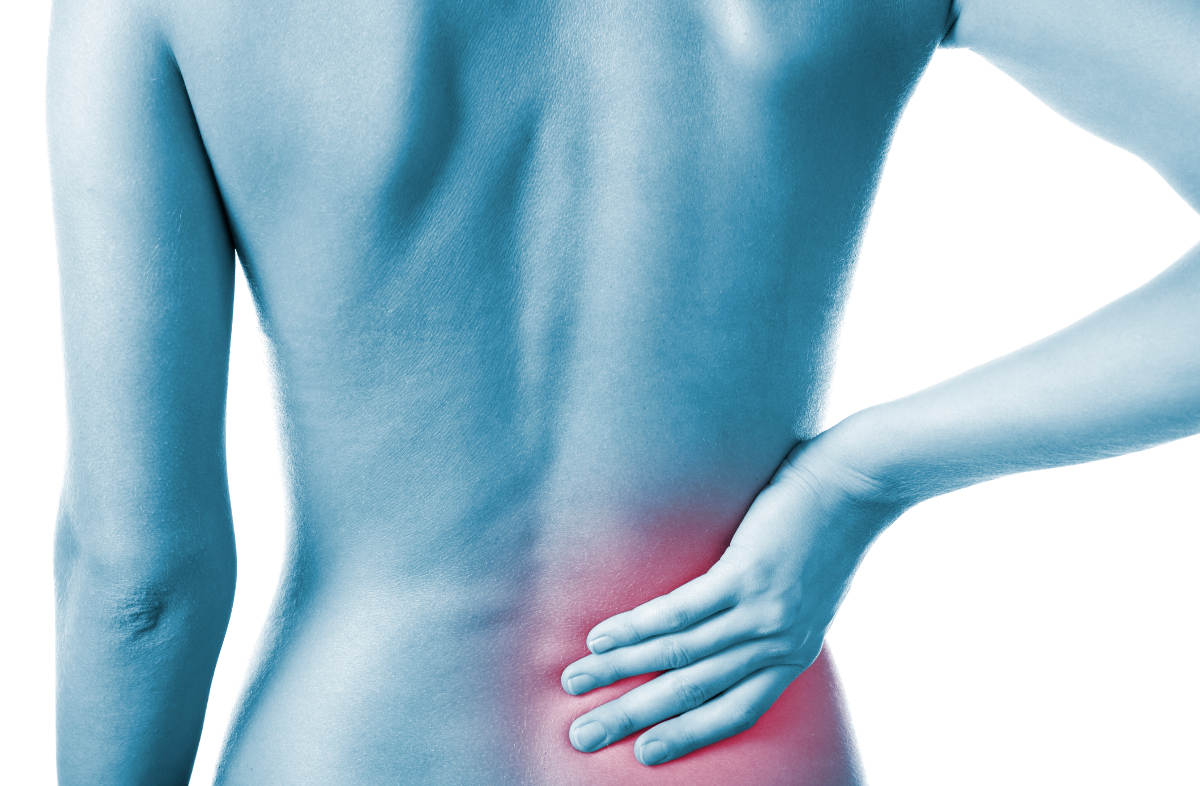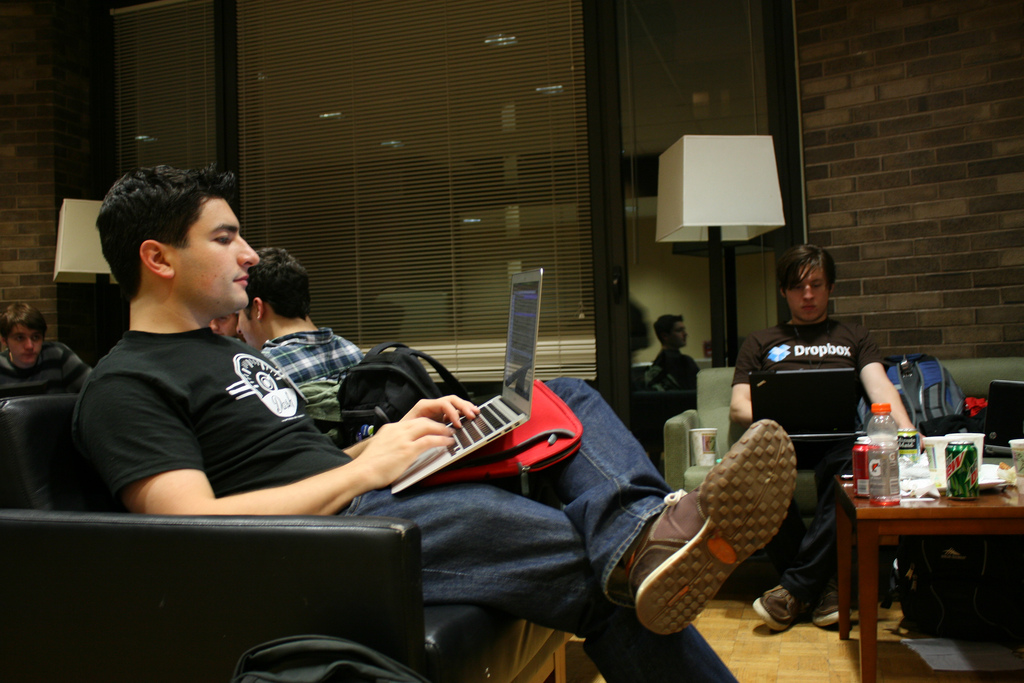Pain is unpleasant suffering caused by injury or illness. Back pain may be sudden/constant, dull, severe or not responding to short rest and medication. Constant pain in back in any region of spine for more than few days to weeks needs intervention.
Pain which is intense especially at night requires urgent visit to a specialist.
Sudden onset of pain in back with or without injury needs urgent attention.
Back pain with difficulty in walking, pain while getting up from position of comfort, pain during change of posture or pain after prolonged sitting (for work) can lead to serious permanent damage, if left untreated.
Pain which travels to one or both legs may be due to pressure on the nerve/s and if left untreated for long can lead to permanent weakness or damage.
Pain associated with numbness, tingling or weakness in legs, especially below the knees, commonly called Sciatica, needs to be investigated. Various spinal ailments can lead to weakness in one or two limbs or all four limbs. There may be associated or isolated numbness (loss of sensation to touch, pain or temperature) without back pain.
Numbness, tingling or weakness may be the only symptoms without any complaint or without history of back pain.
Problems related to bladder control which may be difficulty to control, hesitancy in passing or dribbling of urine. There may be associated constipation.
Loss of bowel/bladder control is caused by pressure on spinal cord &/or nerves which may be due to injury, infection, disc prolapse or tumor.
Sudden swelling and redness in back usually happens after an injury or accident but sometimes are signs of underlying severe illness.
Loss of normal shape/curvatures of spine can present with or without pain. It can lead to forward, sideways or rarely backward bending.
Unintentional weight loss, loss of appetite, evening rise of fever or disturbed sleep with associated back pain/weakness/numbness needs visit to a specialist.
Back pain is something that affects many people all over the world. Persistent and chronic pain seems to be one of the most common complaints. Middle back pain is back pain that is felt in the thoracic vertebrae region, which is located between the base of the neck and top of the lumbar spine. The ribs attach to a long, flat bone in the middle of the chest called the sternum and wrap around the back. In case, there is a nerve around there is squeezed, disturbed, or injured, you are likely to feel pain in different spots where the nerve goes through, for example, your arms, legs, chest and the stomach.
Some of the most common causes of middle back pain are as follows:
Middle back pain can happen as a consequence of injury or sudden damage or it can happen through strain or poor stance after some time.
The most widely recognized reason for middle back pain seems to begin from soft tissue problems or muscular irritation. These can emerge from poor stance, lack of strength, prolonged sitting in front of a computer, utilizing a heavy backpack, overuse injuries, (for example, repetitive movement), or injury, (like a whiplash damage brought about by an auto crash or as a consequence of a sports injuries).
The middle back is a moderately normal site for inflammatory, degenerative, metabolic, infective and neoplastic conditions.
Middle back pain and its dysfunctions are connected with various conditions, for example, essential and optional osteoporosis (particularly vertebral cracks and hyperkyphosis emerging from vertebral bone loss), ankylosing spondylitis, osteoarthritis and Scheuermann's infection.
Muscle strain, overuse or damage to the muscles, tendons, and discs that are backing your spine can also cause middle back pain.
Weight on the spinal nerves from specific issues, for example, a herniated disc.
A fracture in one of the vertebrae can also cause pain in this region.
Osteoarthritis created by the breakdown of ligament or cartilage that cushions the little joints in the spine.
Myofascial pain that influences the connective tissue of a muscle or gathering of muscles.
In uncommon cases, pain might be brought about by different issues, for example, gall bladder disease, cancer or an infection.
Getting hit hard in the back can also cause chronic pain.
Lift something too heavy may cause pain and a sudden pressure in this area.
A compression fracture of the vertebra can also bring about intense or chronic pain in the middle back. The injury may bring about a fracture, however in ladies over age 50 without critical injury or somebody known to have osteoporosis, an unconstrained vertebral fracture is possible.
Back pain that grips you every moment you stand up is a sign that you need to work on your back and thigh muscles. When you are not paying attention to this warning sign, it can lead to a chronic condition that can prevent you from doing even the daily routine activities.
Performing the right exercises can help you keep back pain at bay, and prevent it turning into a threat to your physical and emotional health.
Partial crunches: This is a core strengthening exercise that helps the lower back and the ab area. People who suffer from spondylitis can find this a great workout to manage pain. To do this, choose a flat surface. Lie on your back with bent knees. Your feet should be flat on the floor. Keep your arms on the chest, crossed. Or you can even place them at the back of your head. Your stomach muscles should be tight and slowly raise the shoulders. Breathe out slowly. You will feel the urge to raise the elbows and neck to ease the movement. But, you shouldn’t try this. Hold for a second, and get back to the floor slowly. Repeat this 8 to 10 times. When you cannot keep ab muscles tight, you will be straining the back muscles and joints again. So, maintain the right posture.
Hamstring stretches: The hamstring muscles at times become inflexible, which leads to the radiating pain from the thighs to the lower back. You need to lie flat and bend your knee. One leg should be unbent. Keep a soft towel and thread it under the ball of your foot of the unbent knee. Slowly straighten the knee and pull back the towel softly. During this, you will feel a gentle stretch in the back of the leg. Stay in the position for 30 seconds. Initially, you will not be able to stay for this long. So you can start with 10 seconds. Do this stretch at least 4 times for each leg.
Press up back extensions: Begin this position by lying down on your stomach. Place your hands underneath your shoulders. Push the hands down. You will feel the shoulders lifting away from the ground. You can also place the elbows on the ground if you feel comfortable. Stay in this position for 30 seconds.
Knee to chest: You can ease your muscles in the thighs and lower back with this exercise. Lie on the back, and your feet should be flat. Now bend the knees. Slowly move one leg to the chest with the knees bent. The other has to be flat on the ground with bent knees. Your lower back should be on the floor. You need to hold for several seconds. Lower the knee. Then repeat with the other leg. Do this 4 times for each leg.
All these exercises can do wonders but give some time to experience the effect and do it regularly. You will feel the changes in due course of time. Do not continue when you encounter severe pain during the workout session. You should also ensure that you stick to the right posture while performing these exercises.
The problem of morning back and neck pain may be due to the position of sleeping or it may be related to inflammatory arthritis which can be familial. Morning back pain is largely related to wrong sleeping posture and less commonly due to arthritic conditions like Ankylosing Spondylitis or Rheumatoid Arthritis. Whatever be the cause- this condition requires attention by an Orthopedic doctor as it may worsen in due course of time and should not be taken lightly.
Some common factors causing this are:
Posture: Not changing your position while sleeping or sleeping on the belly exerts strain on the back muscles, causing pain. On the other hand, sleeping on the back or on the sides causes comparatively less strain on the spine.
Other causes such as strenuous workouts or physical activities or sitting at a stretch during the day might cause pain while sleeping or after getting up from bed.
Remedies for Morning Back Pain:
Fortunately, there are some home remedies to cure the morning back pain.
Switching your mattress is a more expensive remedy for back pain, but may often be the ultimate cure. Most people sleep the best on medium-firm mattresses. Be sure to try out the mattress before you buy it.
For occasional back pain after sleeping, apply heat to your back to relax your muscles before you go to bed and when you get up in the morning.
Massage your back with pain relieving creams and apply heat on it with a heating pad for quick relief.
Specific spinal stretching exercises and Planks (a type of exercise) can greatly help in easing back pain, if done on a regular basis.
If there is a constant ache in your neck, sitting at your desk for long hours may be one of the reasons. Besides this, uninterrupted sitting for a long period of time can lead to a number of health problems.
Dr Naveenchand Dambekodi, consultant orthopaedic and joint replacement surgeon, Columbia Asia Hospital, says that half of the patients that come to him complaining of back problems are corporate sector employees.
Sitting for more than eight hours can lead to postural problems like disc damage, strained neck and swayed back in the long run. It can also lead to some other serious health concerns like:
Heart problems
Sitting for long hours can lead to high blood and increased cholesterol levels. These conditions can lead to various heart problems.
More chances of diabetes
Lack of movement by the body leads to a slower response of cells in the body muscle to insulin produced by the pancreas. Thus, they produce more insulin that can cause diabetes.
Muscle degeneration risk
In order to maintain strength and flexibility of the muscles, it is important to use them or the muscle fibres can weaken and break down. Sitting for long at your desk can lead to developing hyperlordosis, tight hips, and lump glutes.
Elevated stress levels
When the muscles are indulged in movement, breathing quickens that increases the oxygen supply to the brain and blood. This releases mood-enhancing hormones, called endorphins that help you feel happy, thereby reducing stress. However, a sedentary lifestyle leads to elevated stress levels.
Back problems
Long hours of sitting can lead to imbalances in the spinal structure including disc damage, inflexible spine, strained neck, sore shoulders and back. While physiotherapy is recommended to deal with the pain, some easy exercises can help correct the damage.
Perform Yoga
Several yoga postures engage almost all the muscles in the body giving them a good work up. Performing yoga asanas in the morning and evening can be beneficial.
Take a stroll
Instead of sitting at your desk the whole day, make sure that you take a five-minute stroll every hour to improve your blood circulation.
Stretch now and then
Make sure to stretch your limbs now and then, while sitting. When you are at home, stretch hip flexors every morning/evening for five minutes.
Correct posture
A number of back problems can be avoided with the right sitting posture. Try sitting in an upright position without crouching and make sure you give your back a good rest.
Neck exercise
Performing neck exercises can help relieve the stiffness. While sitting straight, drop the head slowly to one side, then the other. Performing this daily for five minutes can help provide relief.











